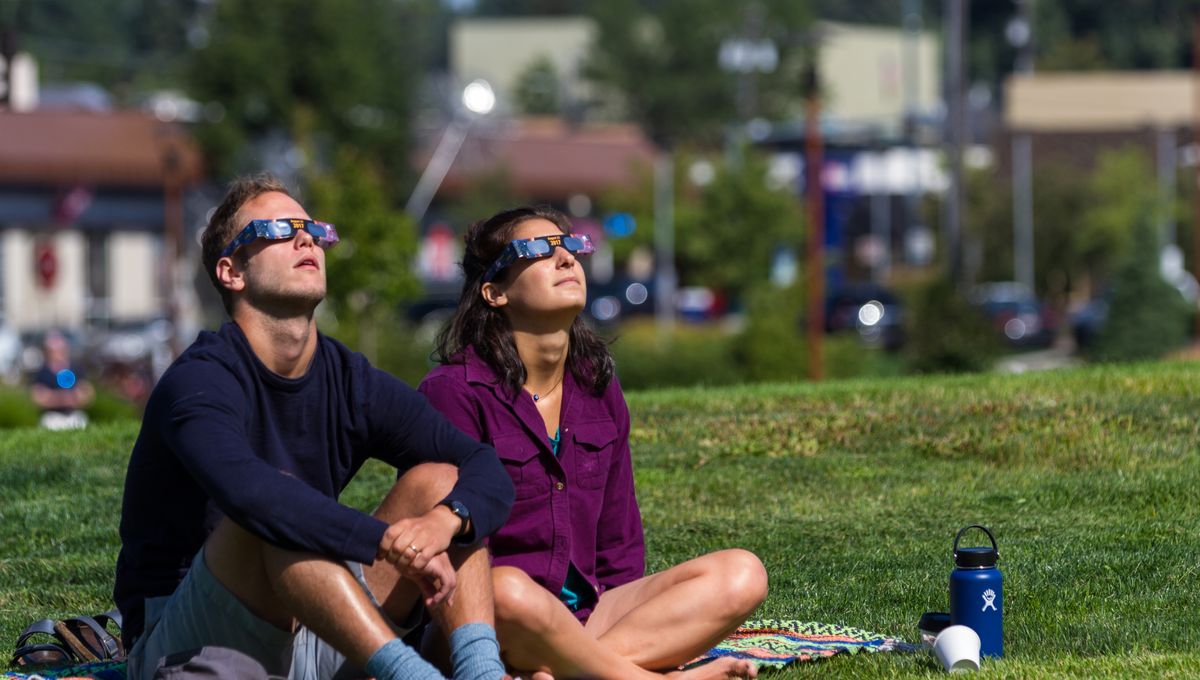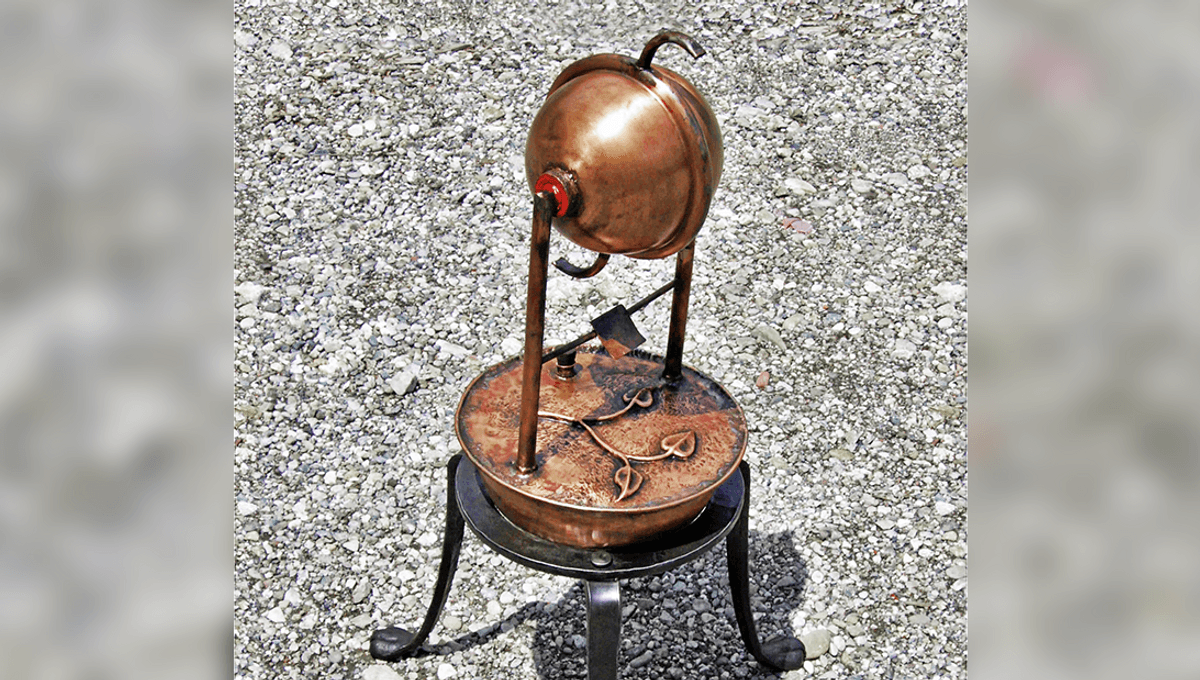Don’t risk damaging your eyesight by looking directly at the eclipse, even if it’s only a partial one. The brightness of the Sun remains the same, even when it’s covered at 99 percent, and it can harm your retina.
The upcoming ring of fire eclipse will be visible in a narrow path from Oregon to Texas, passing through Yucatán, the southern portion of Central America, and extending south to Brazil. It’s going to be a spectacular sight, but definitely not worth risking your eyesight for. Here are some safe ways to watch it:
Proper solar glasses and filters
The best option is to use solar glasses. You can easily purchase them online or even get them for free from local libraries. Just make sure they have the ISO 12312-2 stamp, the lenses are not scratched, and they have the manufacturer’s contact details.
Dark sunglasses won’t provide enough protection, so avoid using them. The same goes for cameras, binoculars, and telescopes – always use proper filters.
Don’t attempt to make homemade “solar filters” as they won’t be as effective as you might think.
Pinhole camera and projector
If you’re in a pinch and need to watch the eclipse using household items, don’t worry! You can create a pinhole camera or projector. The basic idea is to let sunlight pass through a small hole. You can get creative with cardboard boxes and projection screens, but the simplest method is as follows:
Find some white paper, card, or cardboard. Cut a hole in the middle and cover it with foil. Then, use a needle to make a small hole in the center of the foil. Place another piece of paper or a smooth, white surface on the ground as a “screen”.
Stand with your back to the Sun and hold the pinhole projector up to it. An image of the Sun will appear on the ground. The further away you hold the projector, the larger the image will be. You can even use binoculars to get a better view of the Sun (but don’t look through them) and aim the eyepiece at the white surface on the ground.
If you need more guidance, NASA’s Jet Propulsion Laboratory has a helpful guide to making a pinhole camera.
The colander and the funnel methods
If you don’t have foil, card, or needles, you can use a colander in the same way as a pinhole projector. The holes in the colander will create multiple images of the Sun when you look at the shadow it casts.
Alternatively, you can use a funnel to create a projection screen for a telescope. This method is more complex but allows you to safely observe the eclipse. Here is a handy guide.
Disco ball
If you’re looking for a groovy method, you can use a disco ball to watch the eclipse. The small mirrors on the ball will reflect the light of the eclipsing Sun, projecting it onto walls or surfaces for everyone to admire.
This method works within a range of 2 meters (7 feet) from the disco ball, but it’s most effective in large spaces where the projection wall is 15-91 meters (50-300 feet) away.
“Unlike commonly used tools for projecting eclipses, such as pinhole projectors, colanders, or tree canopies, a disco ball is able to function for large crowds because it does not merely work on the area where it casts its shadow, but across the entire illuminated hemisphere, which can project solar images across an entire room or courtyard,” the authors wrote in a recent paper.
Now you have various options to safely watch the eclipse. And if you’re unable to be in the right place or the weather doesn’t cooperate, you can still watch it online on NASA TV and the agency’s website and social media from 11:30 am to 1:15 pm EDT.
All “explainer” articles are confirmed by fact checkers to be correct at the time of publishing. Text, images, and links may be edited, removed, or added to at a later date to keep the information current.








